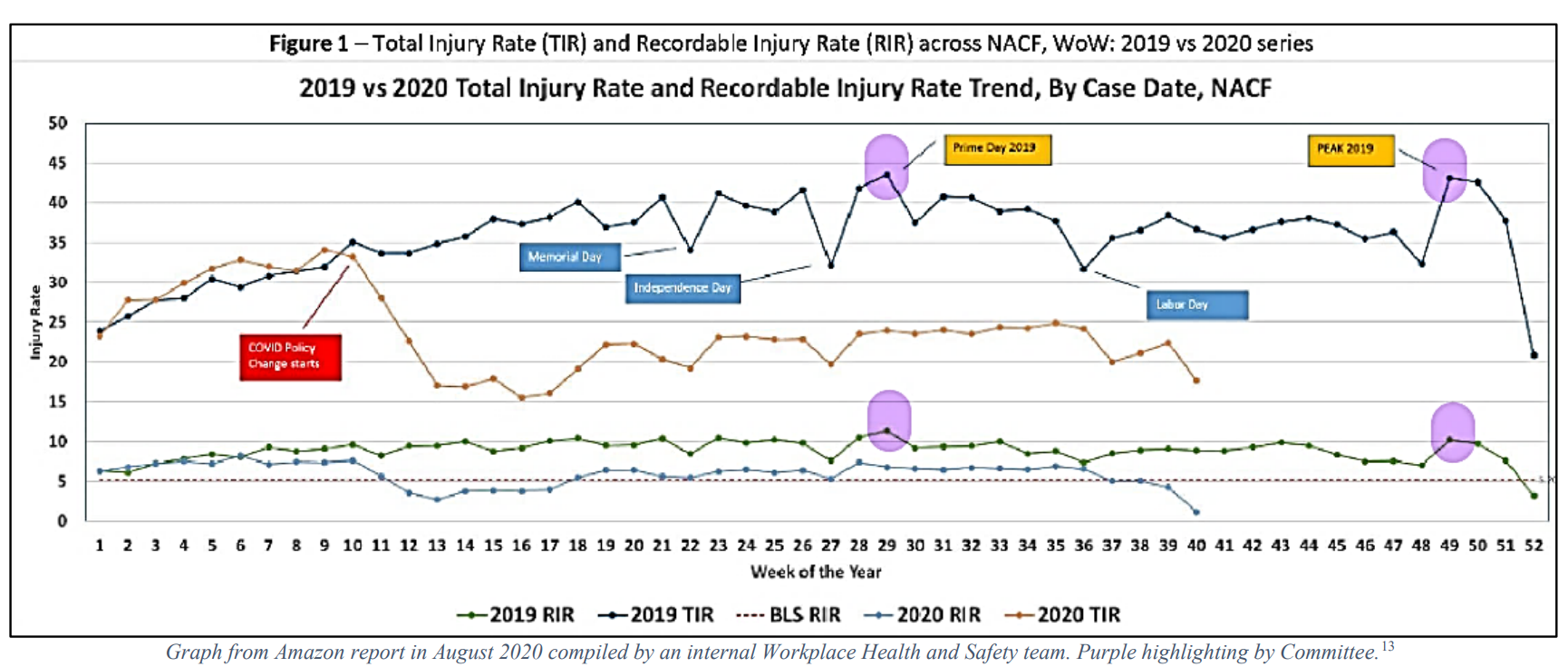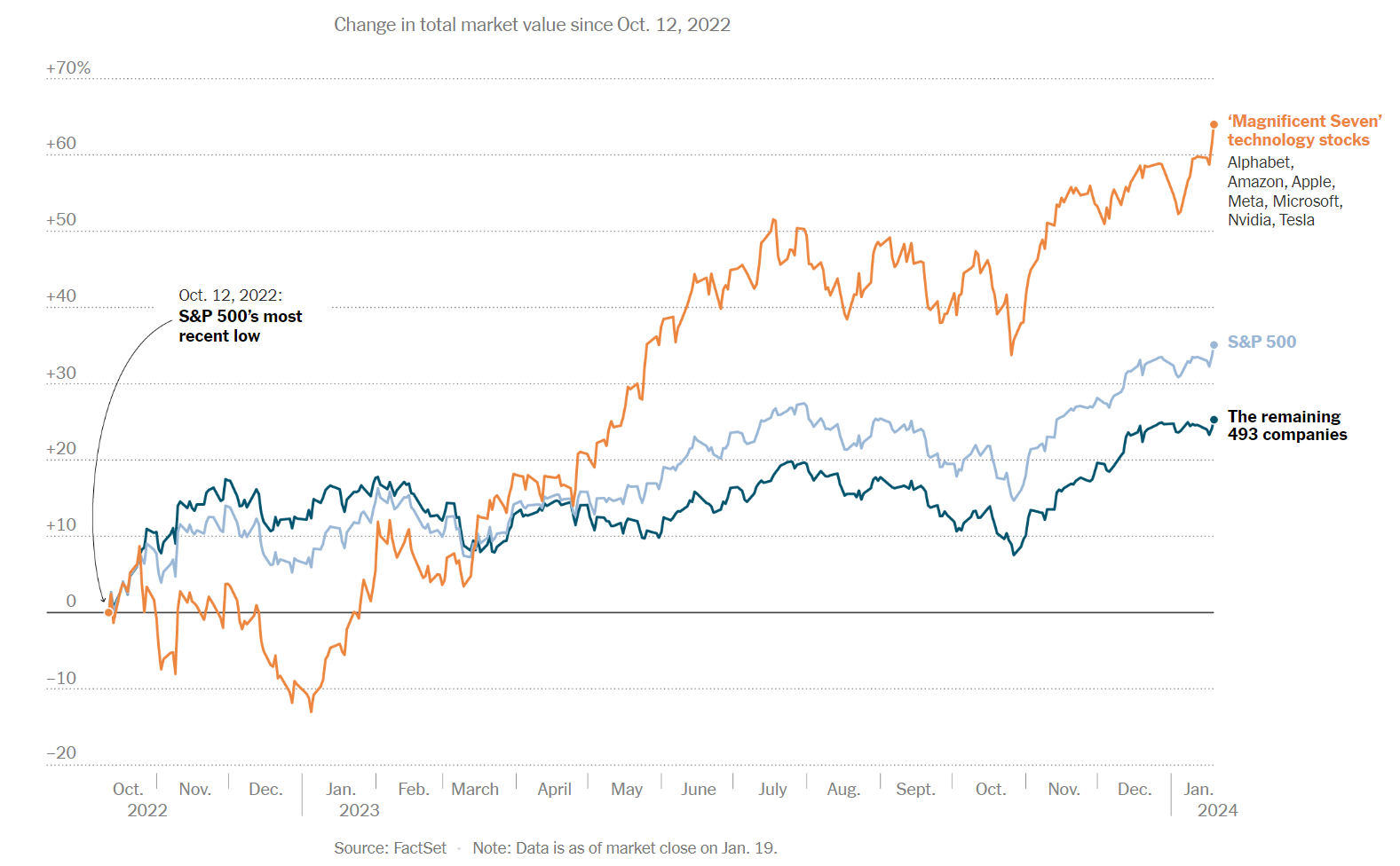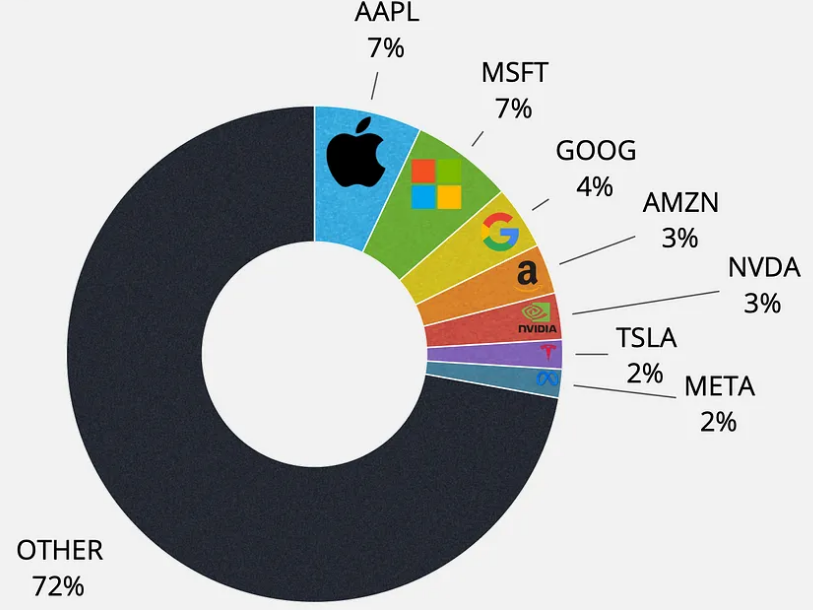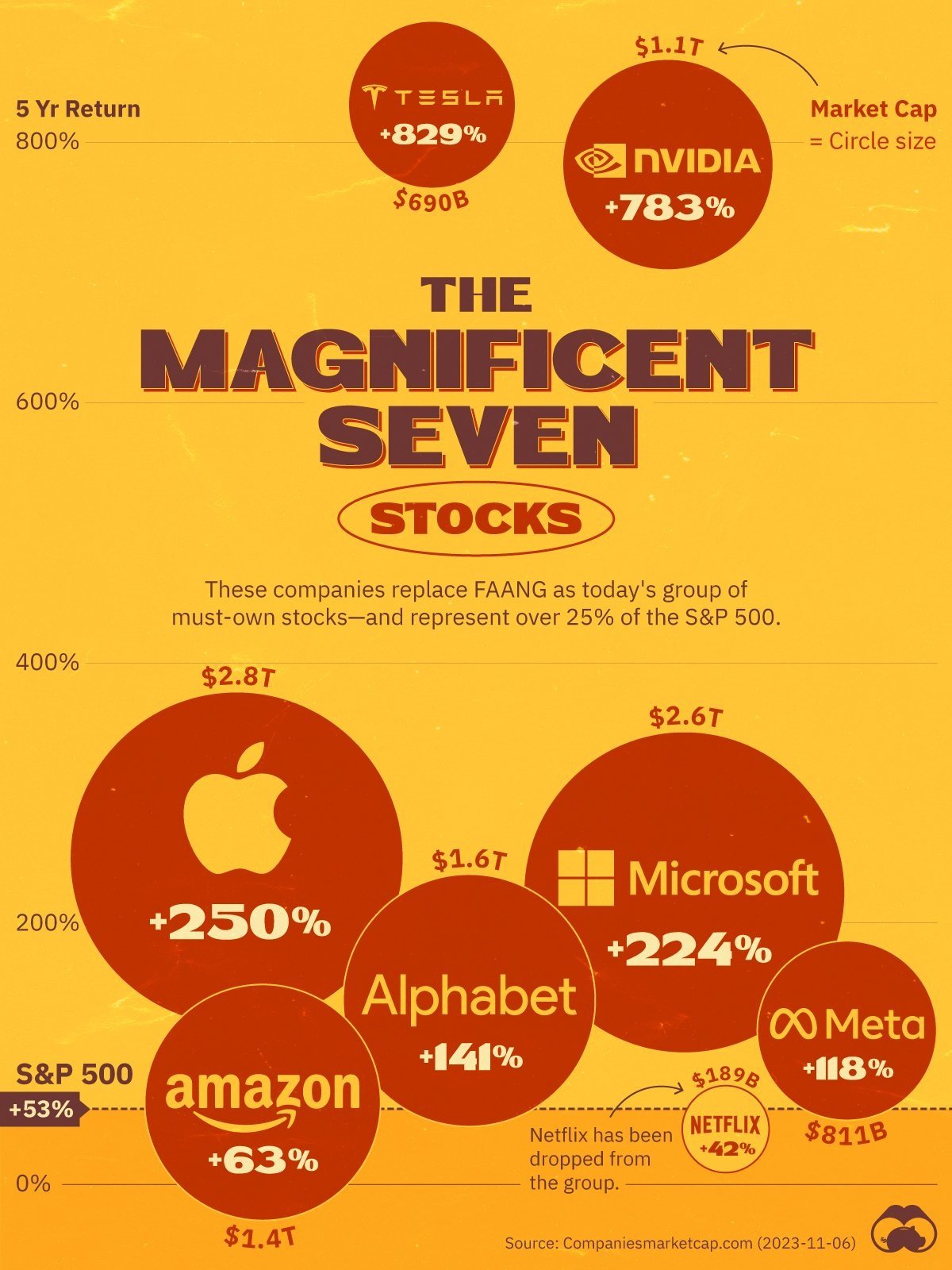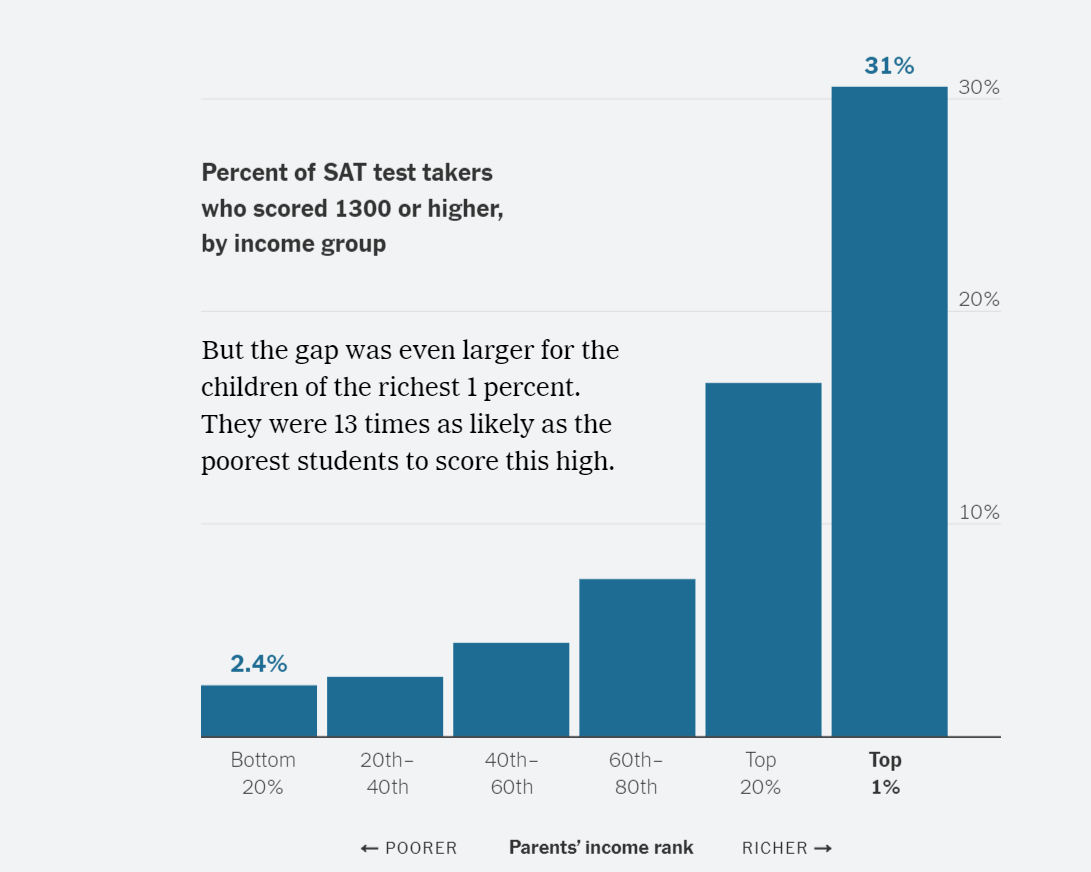The comedian Hasan Minhaj isn’t cowering after a New Yorker reporter fact checked and criticized his Netflix series Patriot Act and other performances. His response is an unusual approach for crisis communication. Students might discuss issues of integrity and analyze evidence in this situation.
In her article, “Hasan Minhaj’s ‘Emotional Truths’,” Clare Malone wrote,
[A]fter many weeks of trying, I had been unable to confirm some of the stories that he had told onstage. . . . Still, he said that he stood by his work. “Every story in my style is built around a seed of truth,” he said. “My comedy Arnold Palmer is seventy per cent emotional truth—this happened—and then thirty per cent hyperbole, exaggeration, fiction.”
In part, Malone’s focus was on the consequences of Minhaj’s fabrications (he might say “embellishments”). When comparing his stories to George Santos’s, Minhaj says Santos’s are "pointless,” whereas his have societal value, which gives him moral standing. Students can discuss how much is too much “stretching the truth.” How might standards of integrity differ for comedians, politicians, organizational leaders, entrepreneurs, job applicants, etc.?
People make difficult decisions about whether and how to respond to criticism. Minhaj fought back. A New York Times writer summarizes Minhaj’s response well:
Typical crisis management dictates you should move on, not fixate. But in our attention economy, where the most popular Netflix specials of the past year featured Chris Rock talking about the Slap and John Mulaney joking about going to rehab, comedians are wise to consider Rahm Emanuel’s famous political advice: Never let a good crisis go to waste. Minhaj split the difference. He did not linger on the story but dedicated a solid chunk of jokes to it that got one of the biggest responses of the night. There were moments when I even thought this scandal might be the best thing that ever happened to him.
During a recent Beacon Theater show, Minhaj quipped to the audience, “Don’t fact check me.” He said of the New Yorker report, “I got caught embellishing for dramatic effect,” and said it was too bad it was such “a dorky scandal” and not one involving, for example, child abuse.
In a 21-minute video watched, so far, 1.9 million times, Minhaj addressed criticism head-on, showing headlines and a Bill Maher clip. He apologized to those hurt by his routines and addressed three stories in detail. He distinguished between what really happened and how he changed details to create a funny/poignant story. Supporting his points, Minhaj played audio from the interview with the New Yorker reporter. As he acknowledges during the video, his explanations are a bit much (saying at one point, “If you’re still here,” and, I admit, I dropped off soon after). But he does provide good evidence of the reporter ignoring or missing information. (For a deep dive of disputed facts, read this Slate analysis.) Naturally, Malone posted a short statement on X, defending her reporting.
To his credit, Minhaj has enough perspective to conclude with a main point (direct organization plan—up front!): he didn’t “fake racism.” Students can draw their own conclusions and whether they are convinced by Minhaj’s presentation of the evidence.
This situation gives students a different perspective on crisis communications. Minhaj highlighted rather than downplayed criticism, which may have avoided his getting “cancelled” and might even elevate his reputation.








